| Component | Description | Component | Description |
|---|---|---|---|
| Touchscreen Display | Main interface for customers to scan items, select options, and process payments. | Card Reader | Device for reading credit or debit card information, supporting chip and magnetic stripe cards. |
| Barcode Scanner | Device used to scan product barcodes for adding items to the transaction. | RFID Reader (optional) | Used for quick scanning of items with RFID tags instead of barcodes. |
| Payment Terminal | Integrated system supporting credit/debit cards, NFC/contactless payments, mobile wallets, and cash. | Audio/Voice Guidance | Provides auditory instructions and feedback, aiding visually impaired customers. |
| Receipt Printer | Thermal printer that provides a receipt after the transaction is complete. | Camera (optional) | Installed for security or to assist with item recognition and theft prevention. |
| Bagging Area | Space with weight sensors to hold and monitor scanned items. | Connectivity Modules | Includes Ethernet, Wi-Fi, and Bluetooth for network connectivity and communication. |
| Security Scale | Scale in the bagging area that checks the weight of items to ensure accuracy and prevent theft. | Receipt/Bill Recycling | Feature allowing the reuse of receipts or bills as change for future transactions. |
| Cash Handling Unit | Includes bill acceptor, coin acceptor, and cash dispenser for kiosks that accept cash. | User Interface Software | Software guiding customers through the checkout process with instructions and payment options. |
| Customer Assistance Button | Feature allowing customers to request help from store staff during checkout. |
High Traffic Periods: During peak shopping hours, self-service kiosks help reduce long checkout lines by allowing customers to check out independently.
Small Purchases: For customers with only a few items, self-service kiosks provide a quick and efficient checkout process.
Contactless Transactions: When customers prefer minimal contact, especially in health-conscious environments, kiosks offer a contactless payment option.
Labor Shortages: In situations where staffing is limited, self-service kiosks ensure that customers can still complete their purchases without delay.
Quick Service Environments: In fast-food restaurants or convenience stores, kiosks speed up service by allowing customers to place and pay for their orders quickly.
Customer Preference for Privacy: Some customers prefer to manage their transactions independently, especially when purchasing personal or sensitive items.
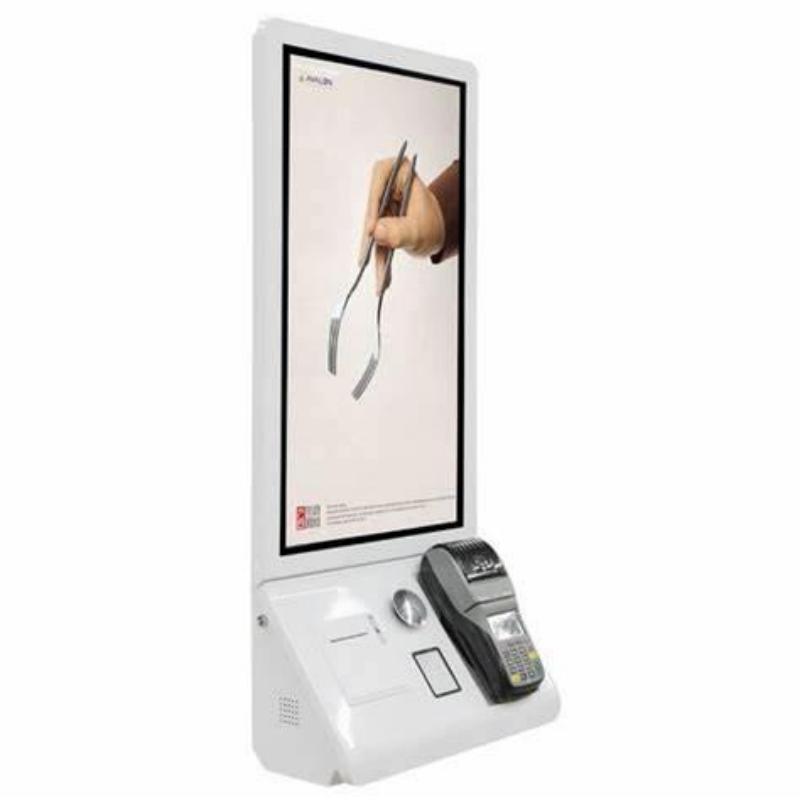
Reduced Labor Costs: By automating the checkout process, businesses can lower the need for staff, leading to significant savings on labor expenses.
Faster Checkout Process: Kiosks allow multiple customers to check out simultaneously, reducing wait times and improving overall customer satisfaction.
Enhanced Customer Convenience: Customers can quickly scan and pay for their items at their own pace, providing a more personalized and efficient shopping experience.
Increased Operational Efficiency: Kiosks streamline the checkout process, allowing businesses to handle more transactions during busy periods without additional staff.
Improved Accuracy: Automated scanning and payment reduce human errors, ensuring that transactions are processed correctly and consistently.
Space Optimization: Self-service kiosks require less physical space than traditional checkout lanes, freeing up valuable floor space for additional products or services.
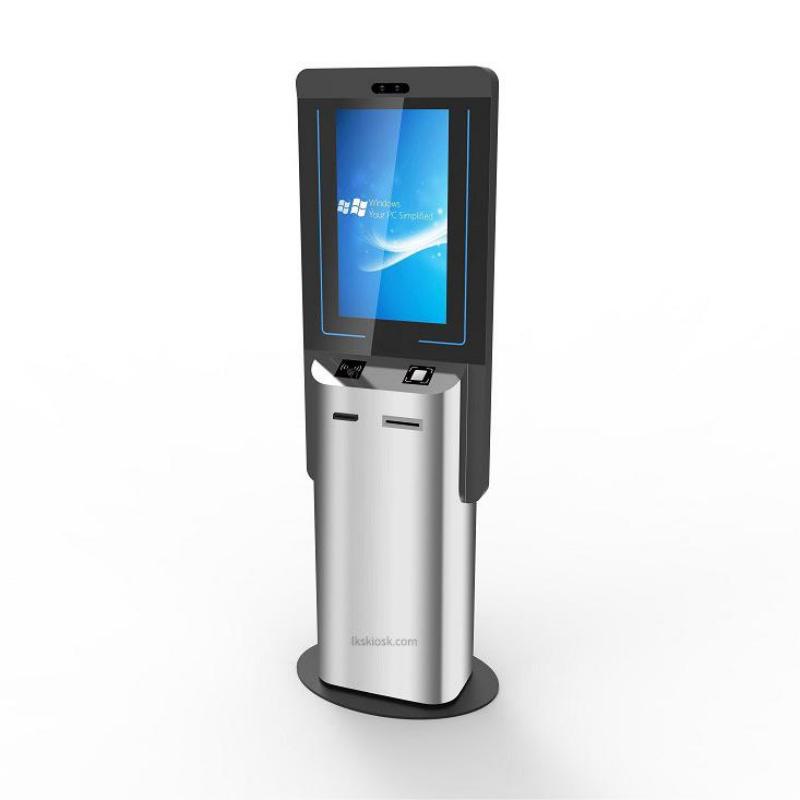
Cost: The cost of a self-checkout kiosk varies widely based on features, customization, and quantity. Basic models may start around $5,000, while high-end, fully integrated systems can exceed $20,000 each. Additional costs include installation, maintenance, and software licensing. Factors influencing cost include the number of terminals, payment methods supported, and integration with existing systems.
ROI: Self-checkout kiosks can offer a substantial return on investment by reducing labor costs, increasing transaction speed, and improving customer satisfaction. They can handle more transactions during peak hours, leading to higher sales volumes. The efficiency of self-checkout kiosks often translates to lower staffing requirements and reduced checkout times, enhancing overall operational efficiency. ROI typically becomes visible within 1-3 years, depending on usage and cost savings.
Assess Your Needs: Evaluate your store’s size, customer flow, and the types of transactions to determine the appropriate kiosk model and features.
Budget Planning: Consider not just the initial purchase cost, but also installation, maintenance, and potential software updates when budgeting.
Vendor Comparison: Compare different vendors for pricing, support services, and customization options to find the best fit for your business.
Integration Capabilities: Ensure the kiosk can integrate smoothly with your existing POS and inventory systems to avoid disruptions.
Customer Experience: Choose a kiosk with a user-friendly interface and payment options that match customer preferences to enhance satisfaction.
Warranty and Support: Look for vendors offering comprehensive warranty and support services to address any issues that may arise post-installation.

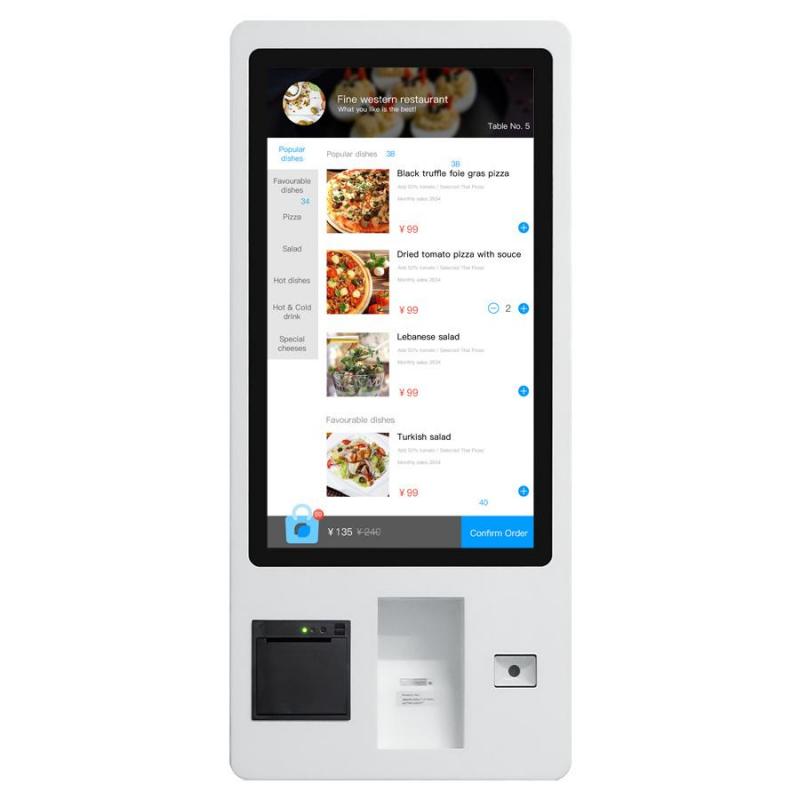
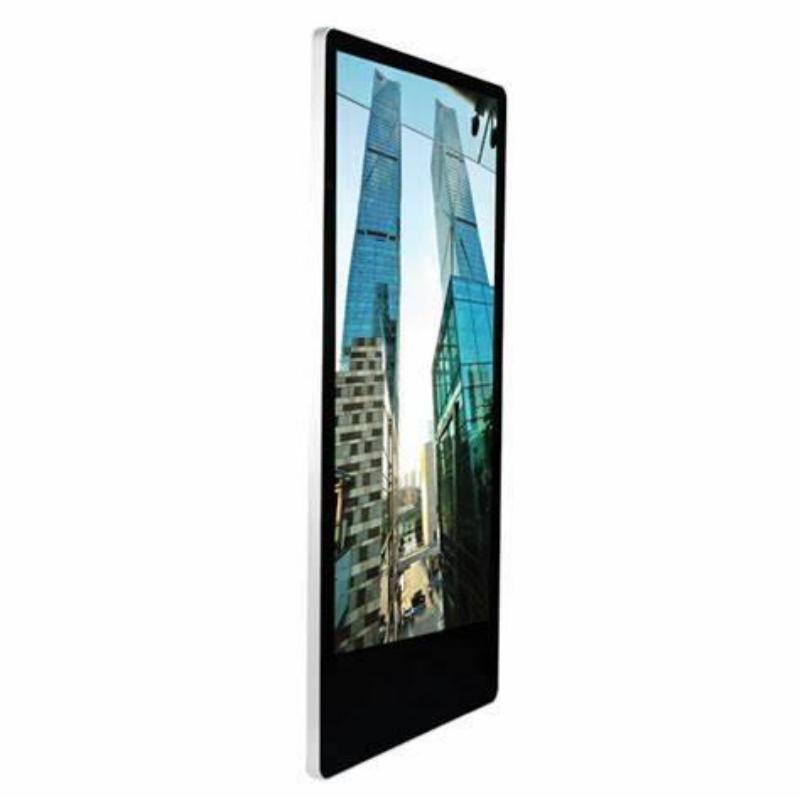
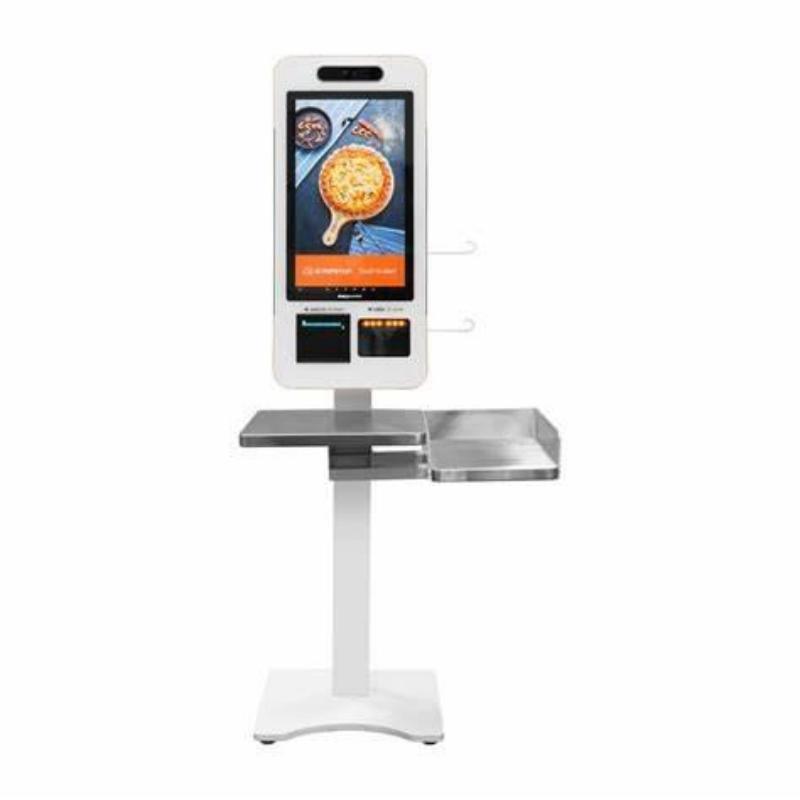

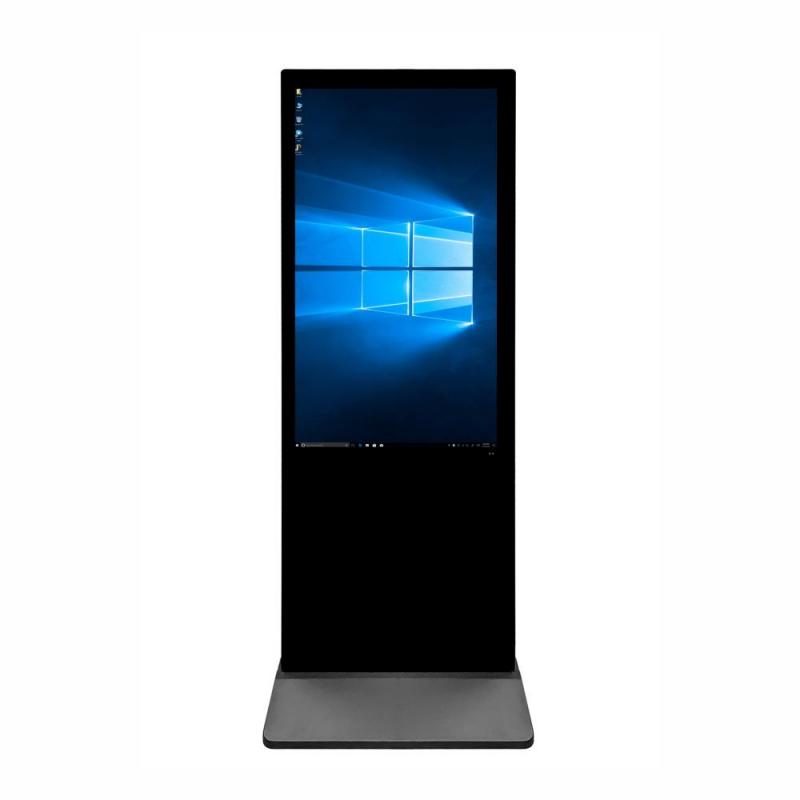
What did our happy clients say?
We’re thrilled with our new self checkout kiosk! They’ve streamlined our checkout process and improved customer satisfaction. Highly recommend this manufacturer for their top-notch service and quality.
The self checkout kiosk we purchased exceeded our expectations. They’re user-friendly and efficient, saving us time and reducing labor costs. Excellent product from a reliable manufacturer!
Fantastic addition to our store! The self checkout kiosks are easy to use and integrate seamlessly with our system. Impressed with the manufacturer’s support and attention to detail.
Our new self checkout kiosks have greatly enhanced our customer experience. They’re well-designed and reliable. We’re very satisfied and recommend this manufacturer for their outstanding product and service.